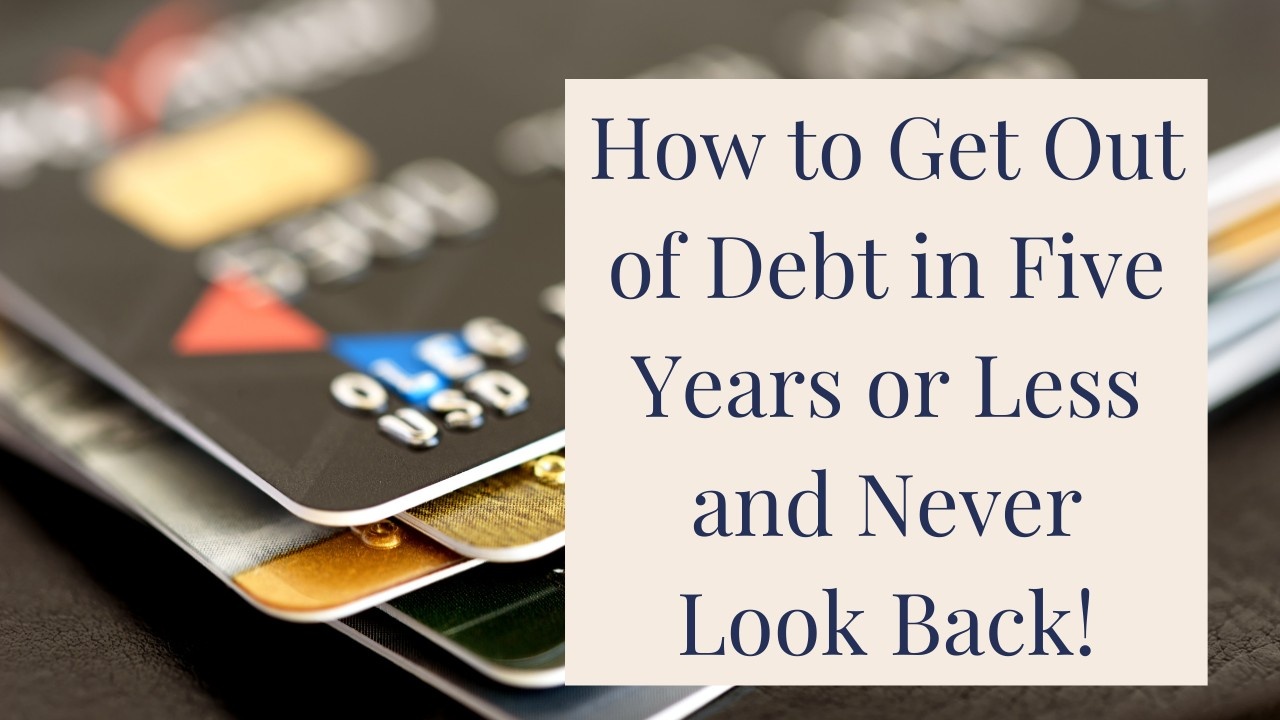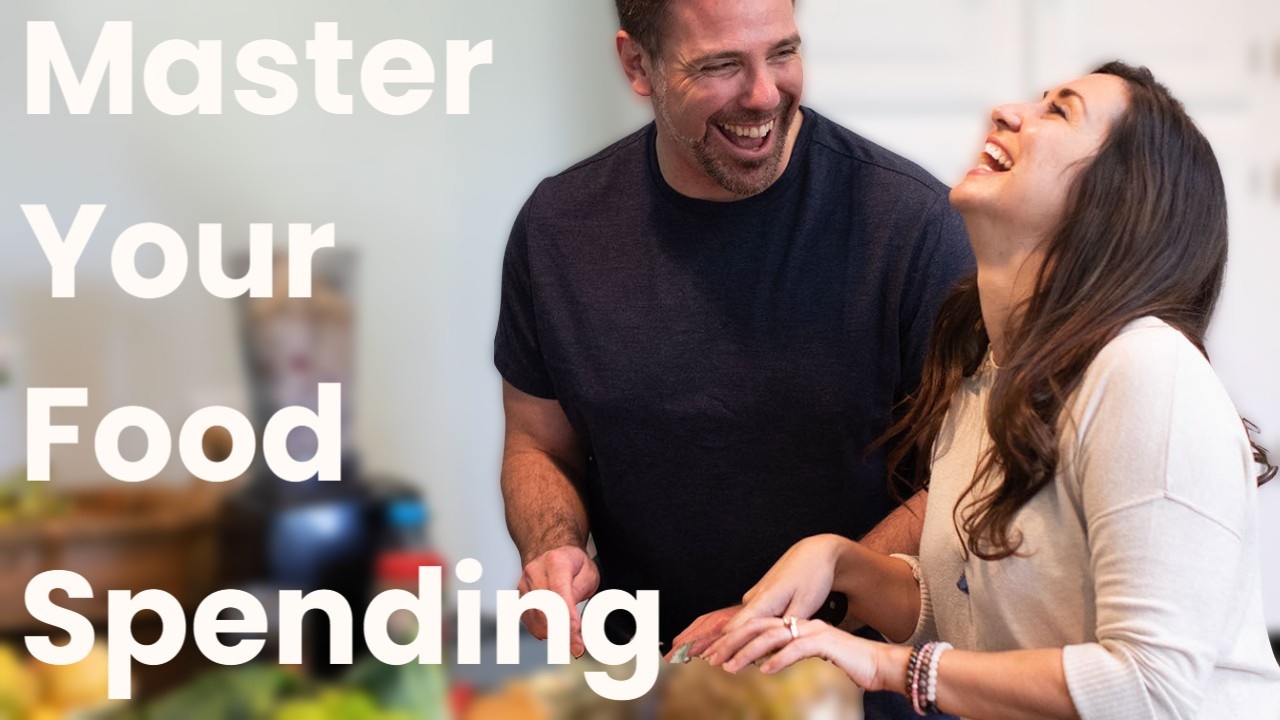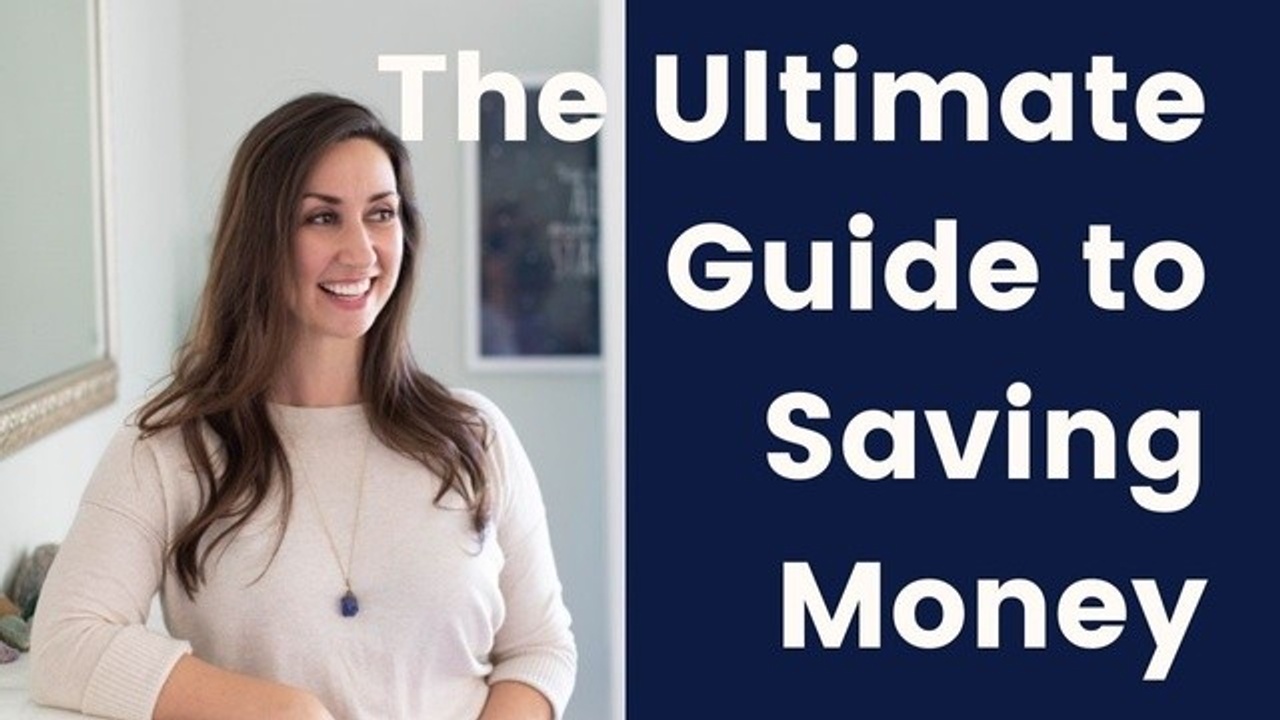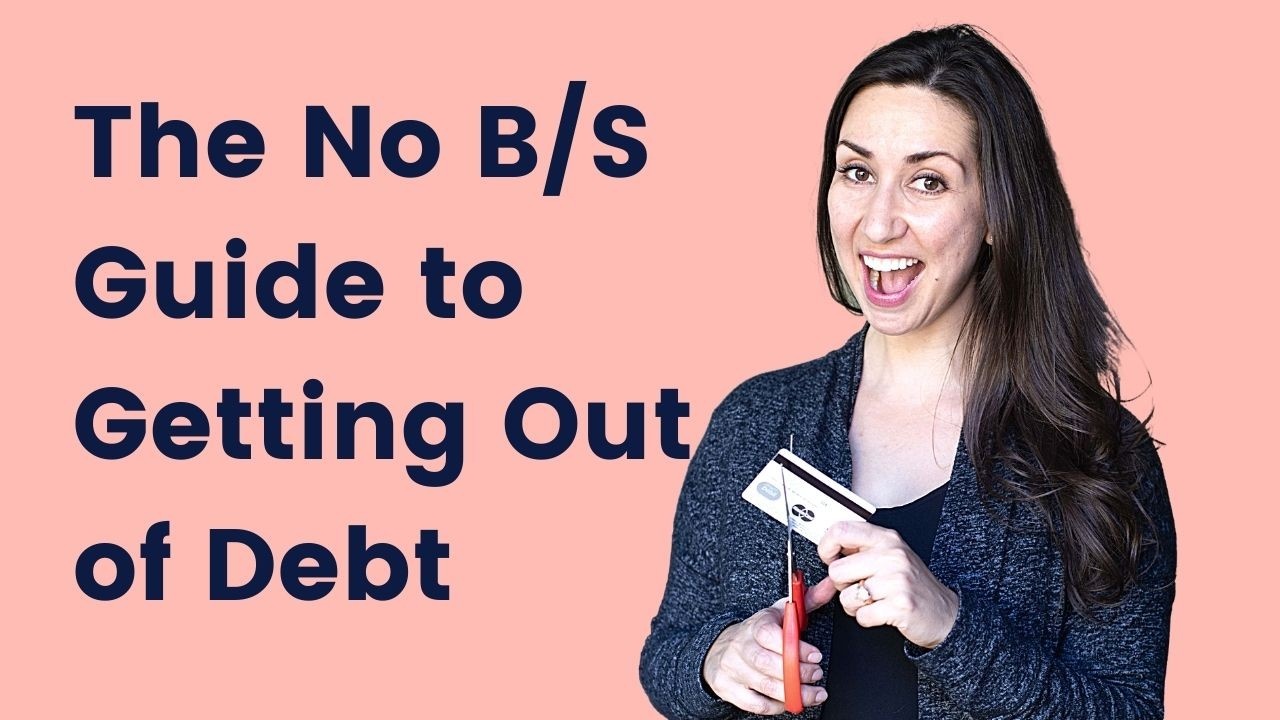
How to Become Debt Free in 5 Years (or less) and Never Go Back Again
What do these have in common?
Eating vegetables, exercising, flossing your teeth and paying off debts.
A lot, right? They’re all key to your overall health. They all require regular (ideally daily) attention. Most importantly, when you take action consistently you feel so damn good afterwards! As with all of these good habits, it’s best to look at paying off debt as a long term goal.
Don’t count yourself out if you’re not making a lot of money either. Anyone can make progress on these goals by following this simple and proven process. (Did you know? This is the exact process I’ve used myself and with hundreds of other clients. Join me live on the 1st Wednesday of the month for Wealthy Wednesdays to join in the conversation!)
5 Steps to Getting out of Debt in 5 years (or sooner)!*
Follow this process and I’m betting you’ll start to feel better immediately. The mere act of acknowledging the “d” word will lift weight off your shoulders.
- Stop borrowing money.
So the saying goes, “when you find yourself in a hole, stop digging!” Step one is stop borrowing money. No more loans. Stop using your credit cards. I could write an entire book on this subject. I know all the enticements and allure, including the magical bill-paying automation that rewards you with points! But trust me on this, you’ll be better off without them.
- Save 1 month of your take-home pay for non-monthly expenses.
This is one of the most powerful steps (but often the most overlooked.) Start putting aside a little bit at a time until you’re able to save the equivalent of one month of your take-home pay. You’ll feel empowered and accomplished knowing that you were able to meet this goal. This money is meant to be spent on upcoming non-monthly expenses. You know, the car registration, kids summer camps, and that new winter jacket you’ve been meaning to replace. Replenish this fund when it gets below 50 percent. My clients like to call this a “slush account” or “petty cash.” It’s that little cushion that breaks the paycheck-to-paycheck cycle. But most importantly, it stops you from turning to the credit card when something “unexpected” comes up. This is a game-changer.
- Wipe out all debt (except your mortgage) using a debt snowball.
Once you’ve got one month of take-home pay saved, you can start paying down debt. I recommend the debt snowball method because it’s super-motivating. Here’s how it works: list out all of your outstanding debts and then organize them from smallest balance to largest balance. Beside each debt, make note of the minimum monthly payment for each debt and the interest rate.
The key to a debt snowball is to pay off your lowest-balance debt first by paying a little bit extra than the minimum. This amount should be an amount you can pay consistently every month. Debt snowballs are so powerful because when you pay off the first debt quickly, the psychological boost motivates you to pay off the second smallest debt and so on.
Once you pay off debt #1, carry over the minimum payment from debt #1 + the snowball amount and add it to the payment for the next debt on your list. Pay off the smallest to the largest. Any extra payments you can make will accelerate your process of eliminating debt.
Once you complete this step, you’ll have one month of take-home pay saved and zero consumer debt (except a mortgage if you have one.) This may be the most stable financial footing you’ve felt in a long time. But the work is not done! You must continue through steps 4 and 5 to ensure you never have to go back into debt again.
FYI, Vertex42 has a great free debt snowball calculator in both Excel and Google Sheets versions.
- Save 6 months of your take-home pay in case of an emergency.
The next step is to save six months of your take-home pay. Yes, that’s a lot. But by now you’ve already experienced the success of saving the equivalent of one month’s pay. On top of that, if you’ve been paying off your debt for the last few months or years, you can turn that debt snowball into a savings contribution immediately! All of this has incredible psychological benefits.
This money should be saved in a high-yield savings account that’s easily accessible. It won’t make you rich but it’ll keep you from going bankrupt or messing up your retirement accounts. This money should be used if there’s an interruption in your income (hello 2020). Whether you’re laid off or choose to “make the leap” to start your own business, this money prevents you from having to go into debt in case of a big emergency or change in lifestyle.
Many of my clients struggle with the idea of keeping so much money in a savings account. But many of them report back to me that doing so has unleashed an amazing feeling of psychological freedom. Once you move to step 5, you’re on a solid foundation.
-
Invest 20 percent of your take-home pay in low-fee 401k, IRA, and ROTH IRA retirement vehicles.
Invest 20 percent of your take-home pay in low-fee 401k, IRA, and ROTH IRA retirement vehicles.
The last step in securing your financial foundation is to invest 20 percent of your take-home pay into the appropriate retirement vehicles. At Vibrant Money, we’re big fans of low-fee mutual funds and ETFs that are funded through 401ks, Individual Retirement Accounts (IRAs) and ROTH IRAs.
If you’ve followed this process you can invest with confidence knowing you wont need to touch this money. After all, you’ve got one month of take-home pay for non-monthly expenses (step 2), you’re debt-free (step 3), and you’ve got a rainy-day fund that you can turn to (step 4.) Many of my clients have raided their retirement accounts to avoid going into debt again or to cover a big unexpected expense. This totally ruins the compounding interest equation for retirement. Investment accounts are intended to be funded with money that won't be needed for at least ten years. That’s what gives it a chance to grow!
All this hard work will pay off with a sense of accomplishment and even exhilaration. Give it five years and you’ll not only be debt-free, you’ll never go back again.
The list above is the 30,000-foot view of the journey. From working on the ground with my clients, I know there are several prerequisites and habits that need to be developed to succeed. It all revolves around your monthly money plan for and your overall connection to your money.
Here are a few tips for your journey:
Begin with beginner’s mind.
Approach your self-examination with curiosity. Be open to new ways of seeing things. Such openness could lead you to understandings otherwise undiscovered. Sometimes this simple shift can make a huge difference.
Meet your needs first, and you’ll find your wants will subside.
First, think beyond the now, the bills, the unpaid invoices and the rent. Ask yourself what kind of a life you really want. Tune in to that vibe instead of what you want to happen this week or this year. In the big picture, what’s important to you? Make a list of needs and wants. If you take care of your needs you’ll find that your endless desires and wants will subside. Obsession with acquiring possessions and experiences often points to unmet needs.
Challenge yourself to go deep, finding new ways to get what you want for less.
Some items on your list are gonna look pretty expensive. But look again. Sometimes you have a narrow idea of what you want or need based on a preconceived notion. For example, you might think you need to have the latest iPhone, drive a fancy car or live in a certain part of town to exude confidence. But maybe you’re really looking for a sense of appreciation or belonging. Once you figure out what needs lie underneath your wants, get creative. Challenge yourself to think of ways you can meet those needs without spending too much.
Be Patient with yourself.
This rethinking may be exercising parts of your brain that aren’t used to getting a workout. So be patient with yourself. You’re playing the long game. No athlete expects to make it to the Olympics after a couple of years of practice. But you gotta start somewhere. So start with weekly and monthly and on from there.
Take 1-hour per week to look at your money.
One hour a week is all you need to get started. Make a money date with yourself. Put it on your calendar. Play some soft music and mute your devices. Maybe light a candle. We’re making new, positive associations with money.
Create a vision of what you want your life to be.
You’ve already created the framework of what you want your life to look like. Over the first month or two this vision will come into sharper focus. Starting with the big picture helps you stay focused through the rough times. Now you can begin to put that vision into action with real numbers. I can’t emphasize enough how motivating this is.
*Contains concepts taught by Karen McCall/Financial Recovery Institute
Did you like this article? Get the latest personal finance articles from Vibrant Money by subscribing to our weekly newsletter!
Enter your email address below to sign-up.
We will never sell your information, for any reason.










